The Tree of Life: How Chamorros on Guam Utilize Coconut Trees
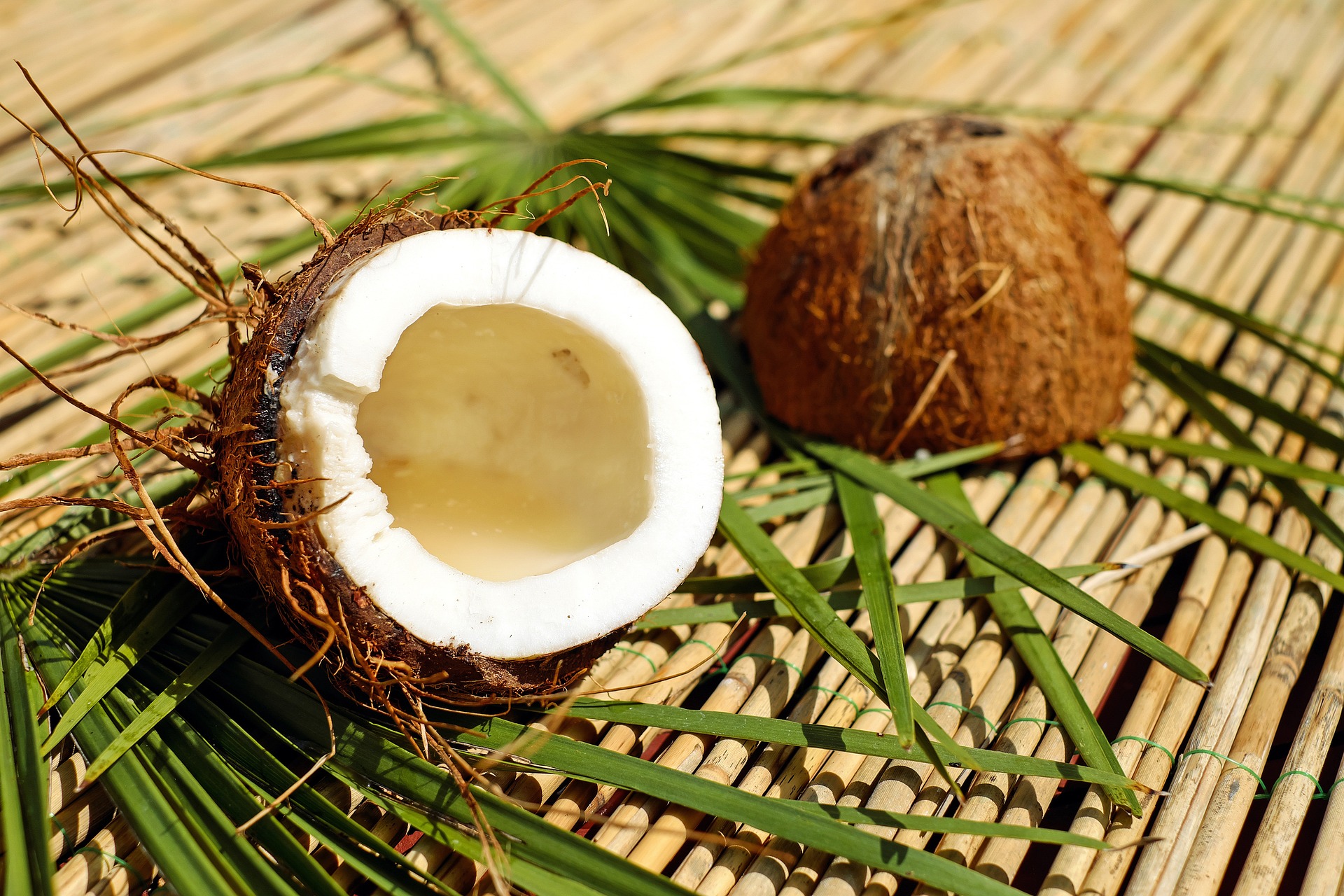
The coconut tree, known as the “Tree of Life,”
holds a special place in the hearts and lives of the Chamorro people of Guam. For generations, this iconic tree has provided the Chamorros with sustenance, shelter, and cultural significance. In this blog, we’ll explore the multifaceted ways in which Chamorros on Guam utilize coconut trees, from food and building materials to cultural practices and beyond.
One of the most essential uses of the coconut tree for Chamorros is as a source of nutrition. Coconut trees offer a variety of edible parts, including:
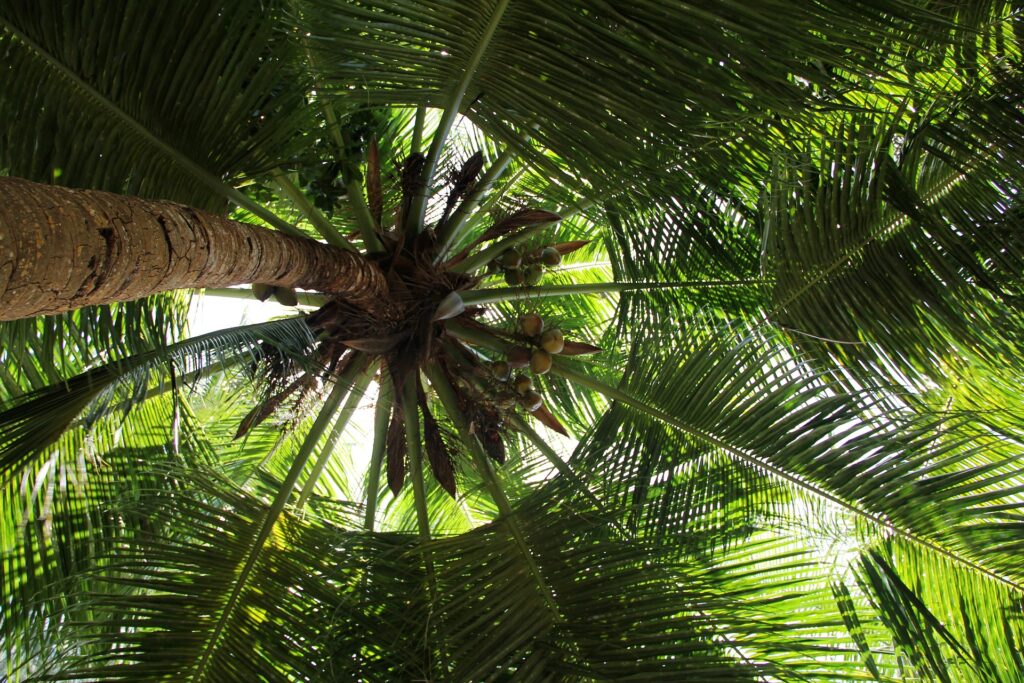
Coconut Fruit (Niyok):
The fruit of the coconut tree is a staple in Chamorro cuisine. Chamorros use it to make coconut milk, coconut cream, and grated coconut for various dishes, such as chicken kelaguen and apigigi (coconut candy). The coconut water is a refreshing and hydrating drink.
Coconut Oil (Atadu):
Chamorros extract oil from the coconut meat, which is used for cooking and traditional medicinal purposes. It’s also a key ingredient in many Chamorro recipes, adding a rich and distinct flavor to their dishes.
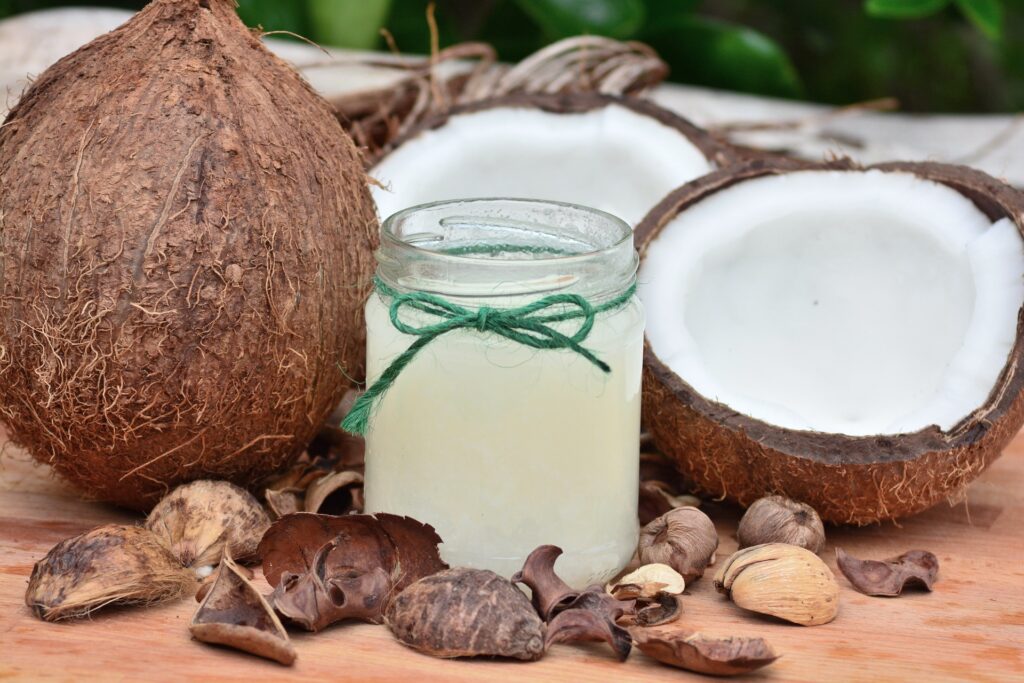
Palm Heart (Utan Niyok):
The inner core of a young coconut tree, called “utan niyok,” is a nutritious and delicious vegetable often used in soups and stews.
Coconut trees provide valuable materials for constructing traditional Chamorro houses, known as “guma.” The different parts of the tree serve various purposes in construction:
Trunk (Halom Tåno):
The trunk of the coconut tree is used as posts, beams, and rafters in traditional house construction. The strong and flexible wood is ideal for building sturdy structures.
Leaves (Fanihi):
Coconut palm fronds are used for thatching the roofs of traditional houses, providing insulation and protection from the tropical climate.
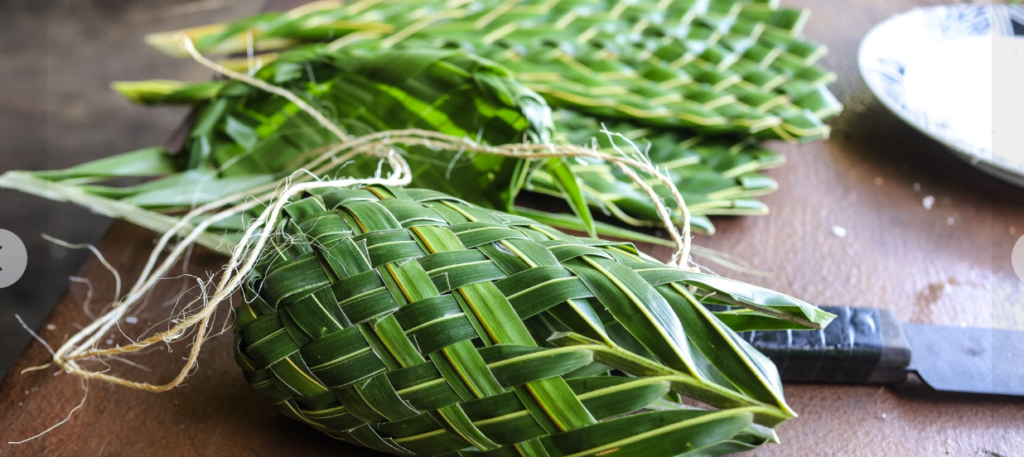
Midrib (Ua):
The midrib of the coconut palm fronds is used as a weaving material for creating various household items, including baskets, mats, and fans.
Coconut trees are deeply ingrained in Chamorro culture, and their various parts are used in crafting traditional items and participating in cultural practices:
Carving (Kåru):
Chamorro artisans carve intricate designs into coconut shells, creating decorative bowls, utensils, and even jewelry.
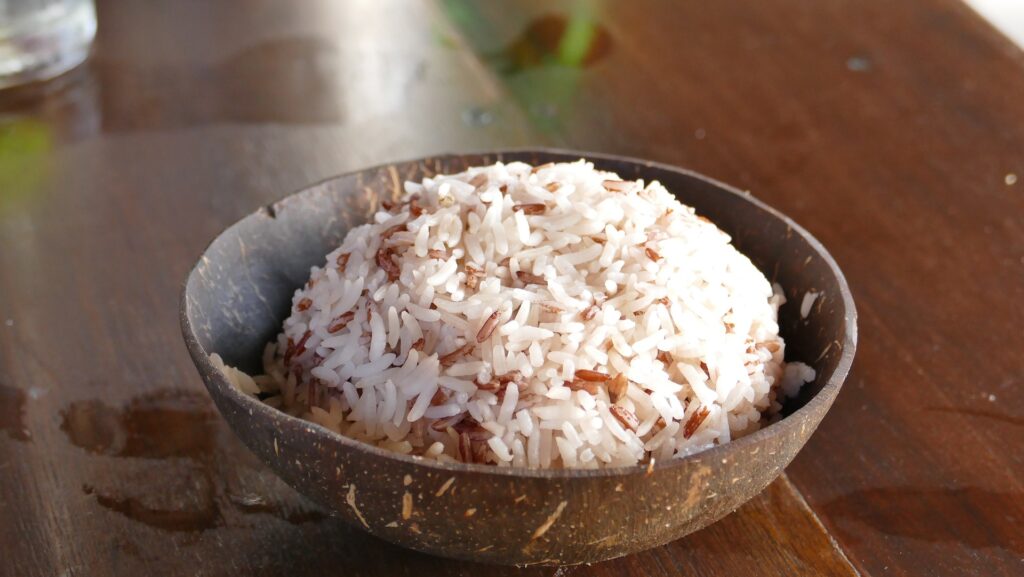
Dance and Music (Famalåo’an):
Coconut shells are used as percussion instruments, enhancing the rhythm and melodies of traditional Chamorro dance and music performances.
Chamorros have long relied on the coconut tree for its potential health benefits. Coconut oil, in particular, is used for medicinal purposes, such as relieving sunburn, promoting hair growth, and improving skin health.
The coconut tree is considered sacred by the Chamorro people. It plays a significant role in various rituals and ceremonies, symbolizing life, fertility, and abundance. Coconuts are often used as offerings during traditional healing rituals and religious ceremonies.

The coconut tree is not just a source of sustenance and shelter for the Chamorro people of Guam; it is an integral part of their culture, history, and identity. Through generations, Chamorros have learned to harness the many gifts of the coconut tree, from its nutritious fruits to its versatile building materials and its spiritual significance. As they continue to honor this “Tree of Life,” they ensure its legacy lives on for future generations to cherish and utilize.